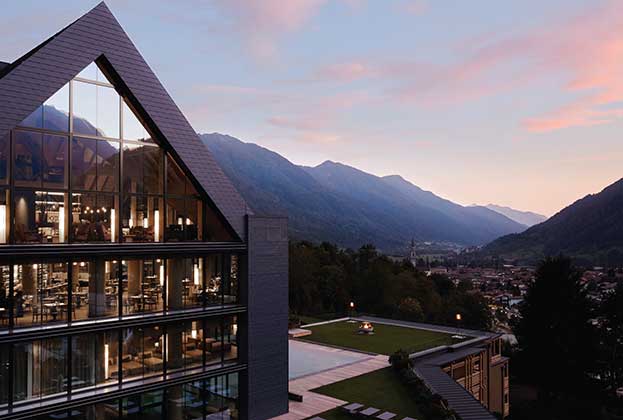Covid-19 has transformed the way we live, work and travel. Developers are looking again at their product in response to the changing demand
Operators of branded residences have responded with new operational practices. With the associated economic downturn poised to be the greatest seen since the Second World War, what are the prospects for the sector?
New economic realities
The global economy is forecast to contract by 4.4% in 2020, the Eurozone by 7.9% and the US by 3.7%, according to Oxford Economics. But unlike the global financial crisis, this downturn is not rooted in the banking sector. Interest rates are at record lows making mortgage debt affordable. Residential markets were one of the first property sectors to bounce back.
Institutional investors, meanwhile, are pursuing ‘beds and sheds’ strategies. While the pandemic has disrupted multiple established sectors, most notably retail and hospitality, residential remains resilient where underlying supply and demand dynamics are favourable. Downside risks do remain, and a weaker economic recovery and weak employment markets may hit rental demand.
In spite of the wider economic turmoil, HNWI wealth is forecast to fall by just 4% in 2020 then rebound in 2021, according to Morgan Stanley. This is important, because affluent, globally mobile individuals are branded residences’ primary demand base. The US will add the largest number of high-income households over the next five years, some 1.9m with incomes greater than $250,000. The US is already the world’s most developed market for branded residences. Rising US tech centres such as Seattle, San Jose and Austin, where existing supply is lower, offer most potential (see chart below).
Counties adding a large number of wealthy households, and at a higher than average rate over the next five years, include China (+169%), Israel (78%) and Germany (74%).
The product response
As activity returned in residential markets globally, changes to the way people live and work in the wake of the pandemic are shaping buyer preferences.
According to Savills Global Residential Market Sentiment Survey, a third of global markets reported increased interest from buyers looking to upsize their main residence. This growing desire for space, coupled with increased homeworking, could give resort schemes a boost. Golf resorts in particular may benefit, providing access to a sport made for social distancing.
At a scheme level, the balance of private to shared space may need to be reconsidered. Flexibility is key here, space that can be configured as an additional bedroom, study or even a home gym depending on occupier needs have become increasingly important to purchasers. Private terraces or gardens now matter more too.
The majority of branded residential schemes are towers. Additional cores, contactless lifts and wider circulation areas should be considered, but the trade-off is a loss of saleable residential space.
Shared amenities, historically a key selling point of branded residences will remain important, but their usage may change. Apps that allow residents to book facilities and cap occupancy levels will assist in the short term. These apps also allow interaction with the concierge, reducing the need for human contact.
Enhanced cleaning regimes and air filtration systems will play a role. The Ritz-Carlton in Amman (forthcoming), for example, is utilising an air-conditioning system based on UV-C light to neutralise viruses and bacteria in the air. Miami’s Legacy Hotels and Residences goes a step further and will include a 100,000 sq ft healthcare facility on site.
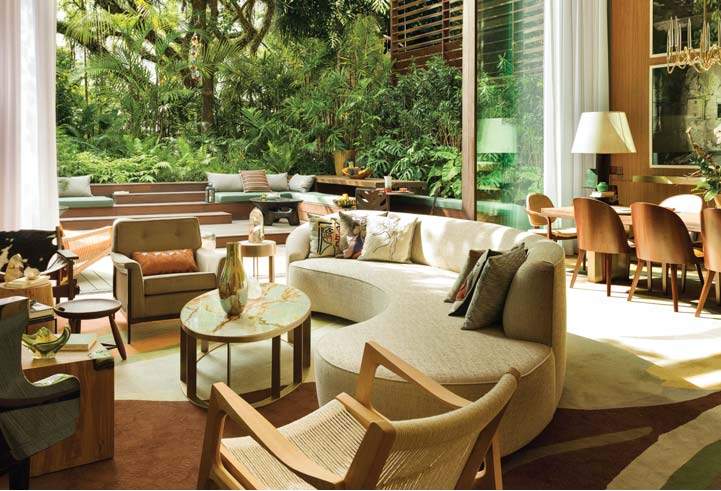
Rosewood Residences São Paulo, Brazil
Evolution not revolution
Most changes though, represent an evolution rather than revolution in branded residential design and operation. Fundamentally, a branded residence offers residents private space with the benefit of amenities when needed.
For this reason we are seeing an even greater emphasis placed on the sector, particularly from hoteliers looking to offset their exposure to hospitality in light of the challenges that sector is facing.
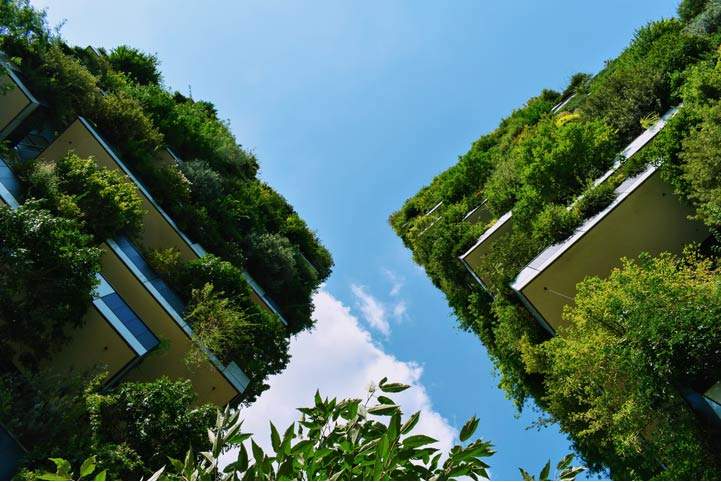
Meeting the climate challenge
Covid-19 has shown what the real estate industry can do when it comes to tackling an immediate threat. The innovation displayed by the industry to deal with the pandemic now needs to be applied to tackling its rising carbon emissions and contribution to the climate crisis at every stage of a building’s lifecycle.
Sustainable development and management practices now need to be applied across the building and management process. ESG is rising on investor agendas, and consumers are taking note too. Occupier benefits may include lower running costs and improved wellbeing. Certifications such as LEED and WELL confirm those qualities in an asset, while local regulations are increasingly driving adoption.
Read the articles within Spotlight: Branded Residences below.
Further information
Global Residential Development Consultancy
.jpg)
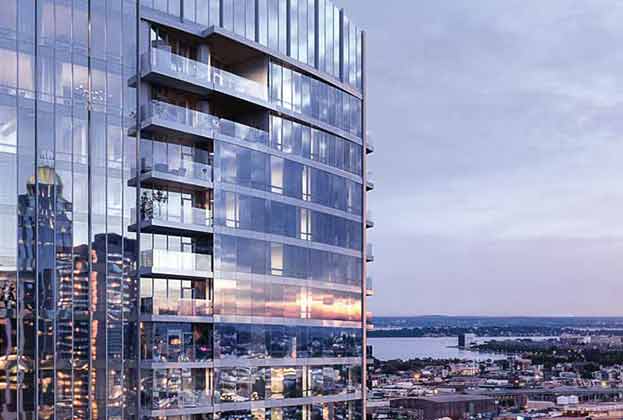
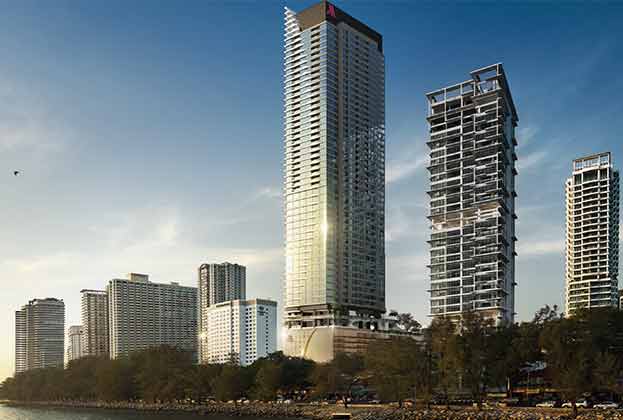
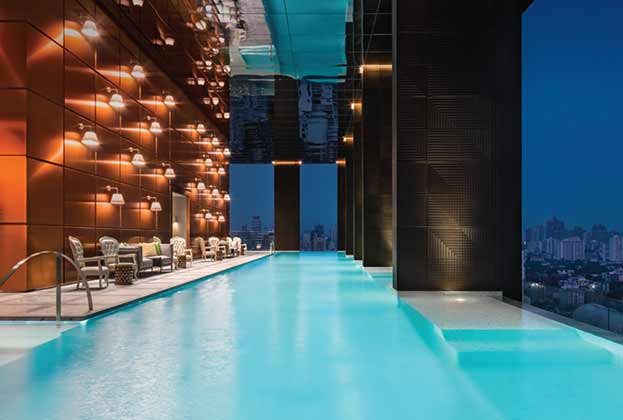
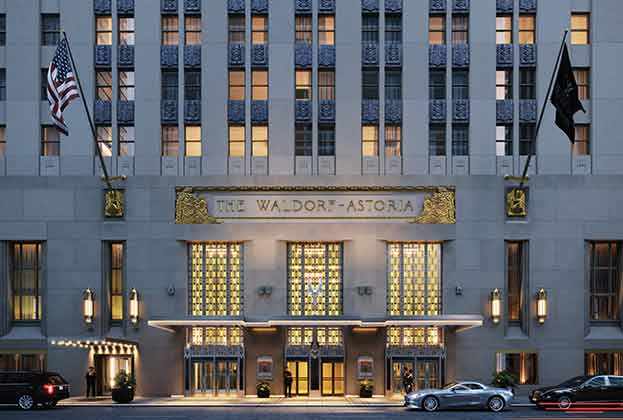
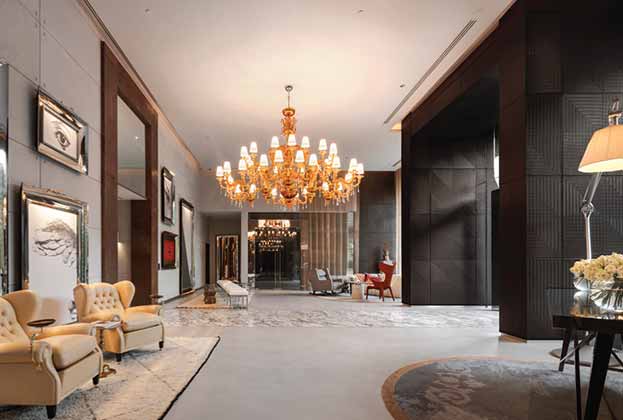
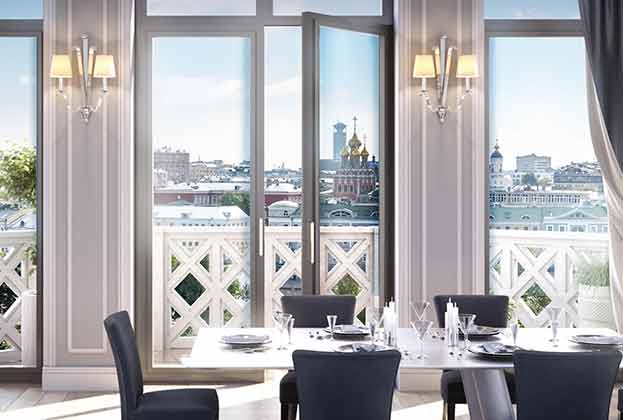
.jpg)
